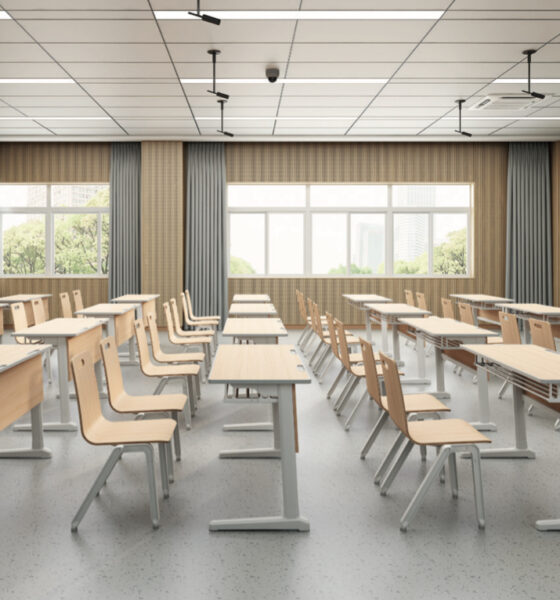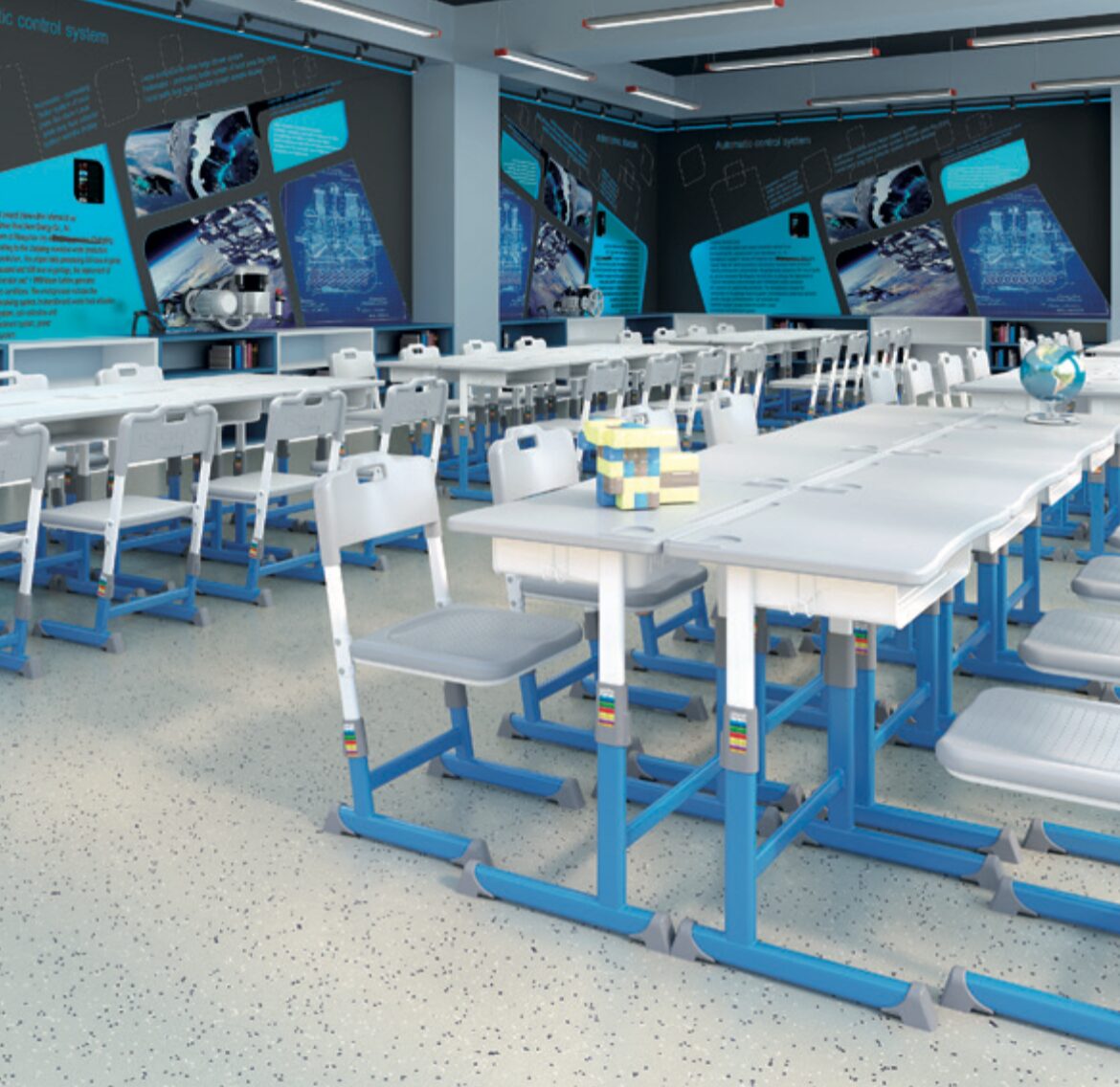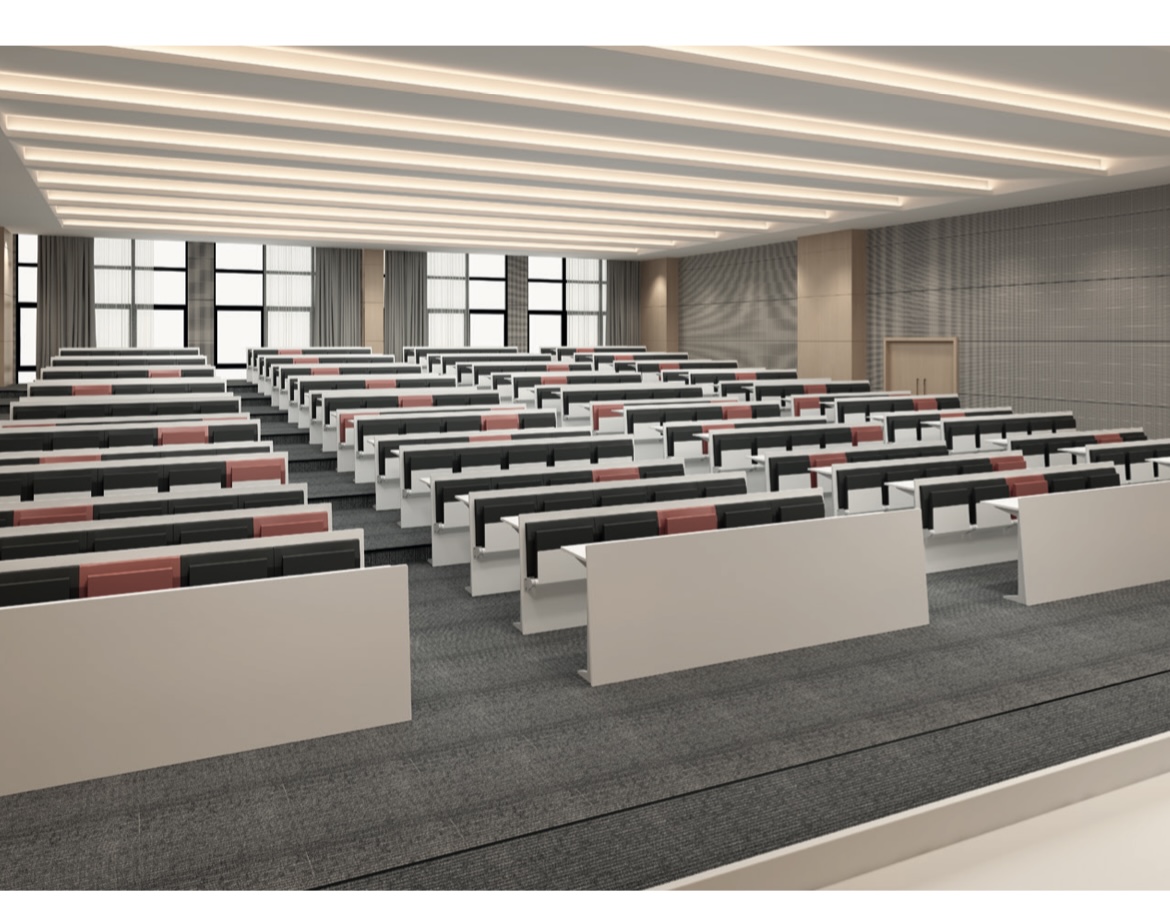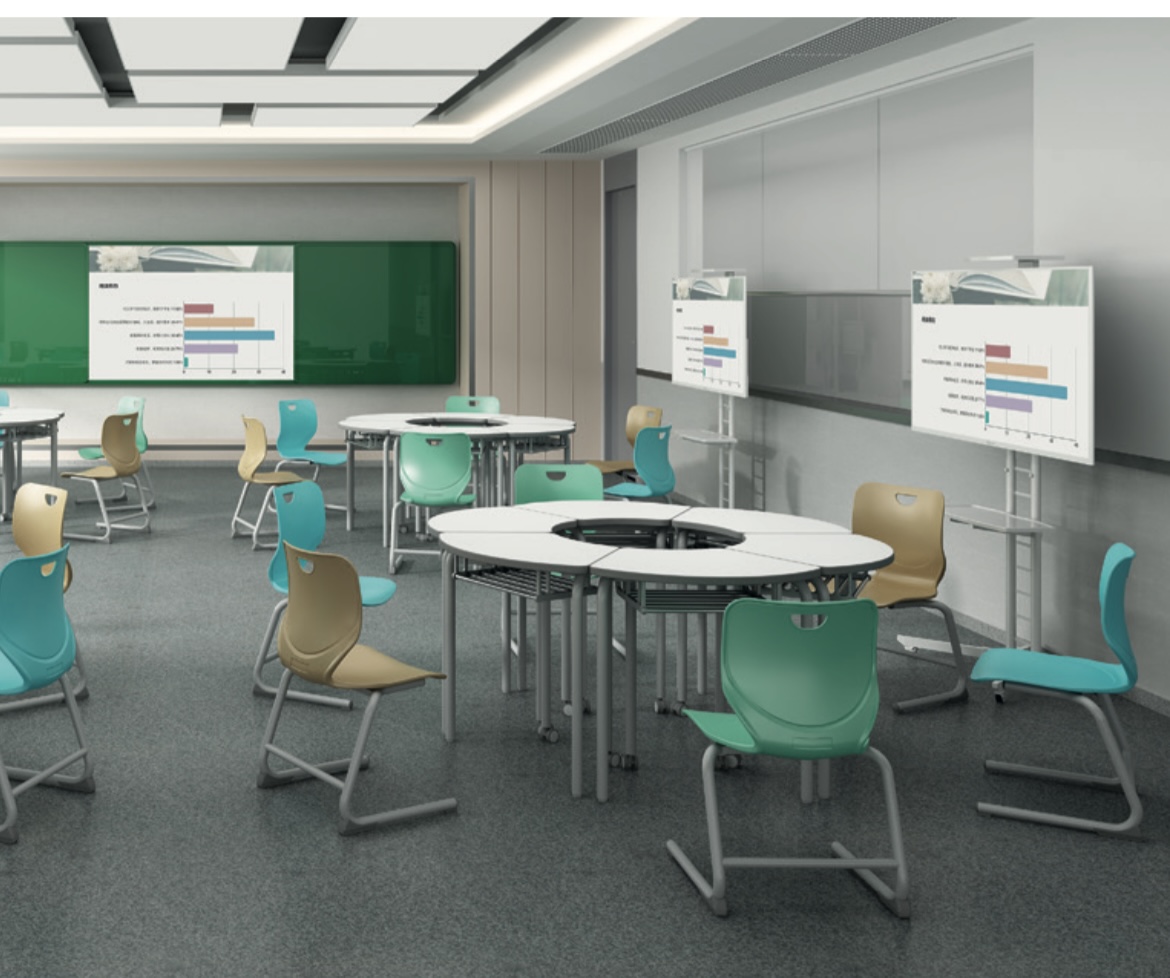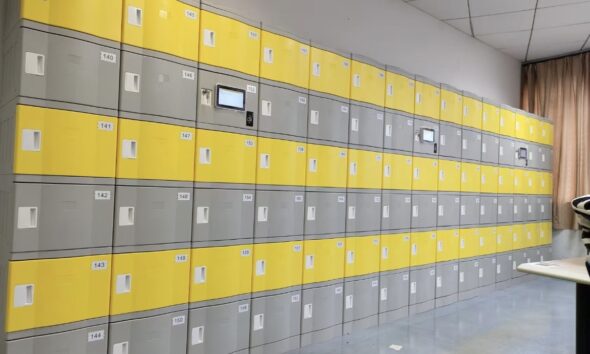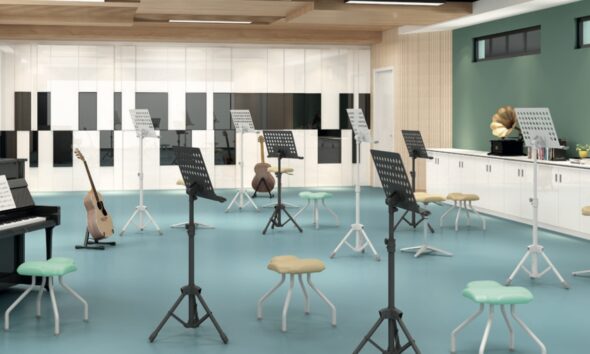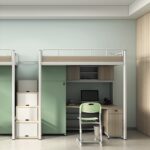1.
Promotes Proper Posture & Spinal Health, & Prevents Health Problems
- * Poorly designed furniture can cause back pain, neck strain, and scoliosis over time.
- * An ergonomic chair with lumbar support and a height-adjustable desk at elbow height helps maintain a neutral spine position, reducing strain.
- * Feet should rest flat on the floor (or a footrest) to avoid slouching and poor circulation.
2.
Enhances Concentration & Learning Efficiency
- * A comfortable, well-fitted chair reduces fidgeting and distractions.
- * The right desk height prevents arm fatigue when writing or using a computer.
- * A slightly tilted desk surface (10°–15°) improves handwriting and reading posture.


